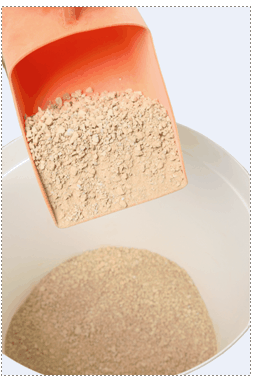Your cart is currently empty!
All about small phosphorus traps for Aquatron

How the Aquatron phosphorus trap works
In a normal phosphorus trap, 500-1,000 kg of phosphorus-binding material is used and all household wastewater is passed through. The more concentrated the wastewater from the toilet, the better the phosphorus binding material works. By using the Aquatron system, you separate the toilet water
and only 50 kg of phosphorus binding material is needed.
Advantages of Aquatron Phosphorus Trap
– Small & easy to install
– Cost effective
– No need for a truck for the change (recirculation)
– Easy to spread yourself.
Normally a spreading area of 25-50m2 is needed for 50kg Polonite.
A phosphorus filter is a complement to a biological treatment, such as a soil bed. Normally, a
phosphorus trap or UV unit is included with the Aquatron system, depending on local environmental requirements, you choose which
is best suited. With a phosphorus trap, you get a high level of protection together with an approved infiltration /
soil bed (according to Naturvårdsveket NFS 2006: 7).
A normal phosphorus trap is 10 times as large and is significantly more expensive in the purchase and replacement of phosphorus-binding
material (must have a crane truck for replacing the material).
Today there is no solution to handle the used material in large phosphorus traps, which means that it goes
to landfill and the whole environmental point is wasted. (it becomes an environmental burden with truck transportation
instead)
An advantage of Aquatron’s Phosphorus Trap is that the user can handle the used material
and spread it at home locally. Since only the flush water goes through the phosphorus trap, the volume of phosphorus-bound materials can be reduced
by 85%.
The smaller volume also means that you can place the phosphorus trap before sludge separators and infiltration
as the PH raising effect is so small as it only handles the toilet water that it does not disturb the
biological process.
The optimum is to have as high a concentration of urine as possible (where all the phosphorus is) and avoid
as much plain water as possible as it only leaches the phosphorus-binding material.
A study was done in 2006-2007 for 1 year where 6 plants, BioptechsBiop® were installed at
individual properties. The study was done together with the Department of Land & Water at KTH.
The average reduction was 94% during the study. The Polonite® that Bioptech now produces is of even
better quality. The Polonite also managed to remove 80-100% of e-coli and coloform bacteria!
The amount of Polonite required varies from house to house and the time of replacement is determined by
the PH level, which must not be lower than 9.5.
We include 100 PH sticks for testing and it has been shown that the Polonite lasts
at least 1-2 years. Thanks to its own self-control, you do not have to change unnecessarily, which burdens
the environment and the economy less.
Spreading
The content of the pure Polonite is well documented and is no obstacle to
spreading on land, no mercury or cadmium. After being used
as a treatment step in a sewage plant, substances have of course been added
but with the high pH of the material, much of the bacteria
have been killed.
Dose:
Polonite® contributes lime which raises the soil pH and adds phosphorus. Depending on
the soil condition,
the dose can be determined. Based on the results obtained in the field trials, a suitable dose can be
0.5-1 kg/m2.
Which means 25-50m2 surface for Aquatron’s Phosphorus Trap
